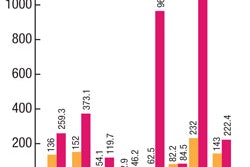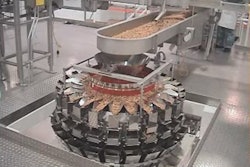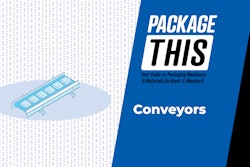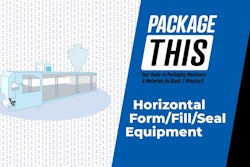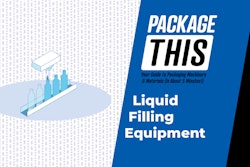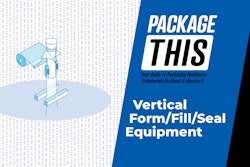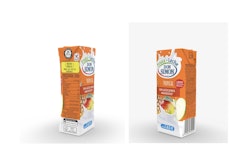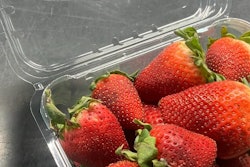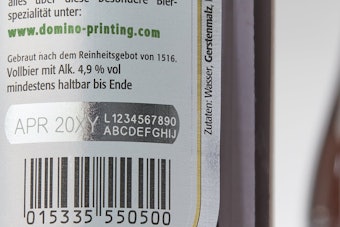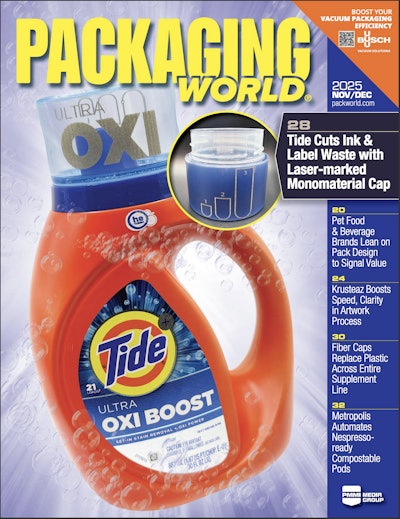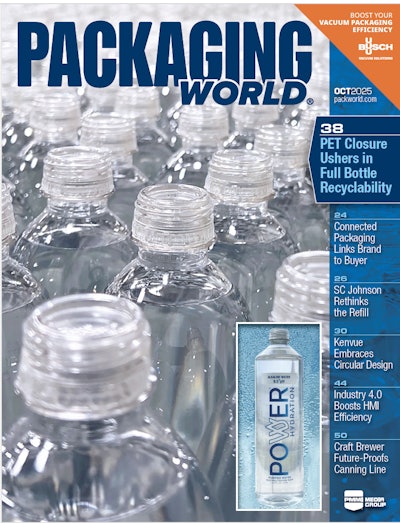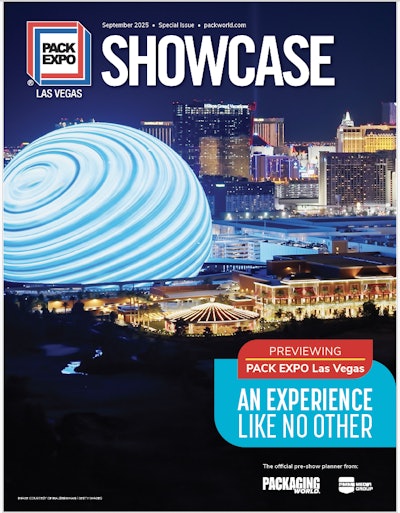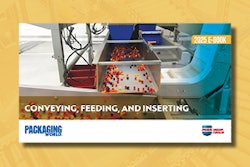Take breath strip packaging for example. The handy little rigid plastic pack has moved into cough and cold remedies and expectorants. A press release received in May by Packaging World editors says Dynatabs is using the pack to introduce antacids.
Stick packs, used initially for dry infant formula mixes, hot chocolate and coffee products, have moved into flavored beverages in an attempt to compete with carbonated soft drinks. 4C Foods just introduced a line of its Totally Light drink mixes in single-serve stick packs. 4C says a stick pack of one of its flavors is added to a 16.9-oz bottle of water to turn it “into a delicious sugar-free iced tea, drink mix, or energy drink.”
So a consumer can buy say, a six-pack of water, and have a plain bottle of water one time, Cranberry Pomegranate with the next bottle, a Rush Citrus energy drink with one bottle, Decaffeinated iced tea with another, Lemonade, and Just Apple. That’s an appealing variety to consider.
The 4C stick packs are supplied through Technology Help in Engineering and Marketing, better known as T.H.E.M. (www.them.net), through a working relationship with Power Packaging (www.powerpackaging.com).
T.H.E.M. president Neil Kozarsky says in Japan and Europe, stick packs are also used for nutritional and pharmaceutical products. Naturally, he believes it’s a matter of time—not to mention satisfying current Good Manufacturing Practices and regulatory matters—before such packs make their ways to the United States.
It wasn’t too long ago that stand-up pouches, particularly of the retorted variety, were prevalent in Japan and Europe, but uncommon in the U.S. Now they’re common to most U.S. consumers, whether as food packs for human or pets.
The bottom line: Consumers remain king. Providing convenient packaging that meets their on-the-go lifestyles will likely give you a competitive edge—although that may well mean keeping your eyes on packages outside of your target market.
